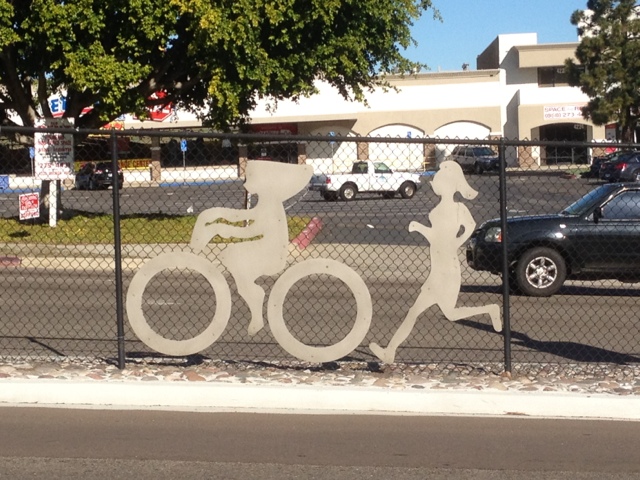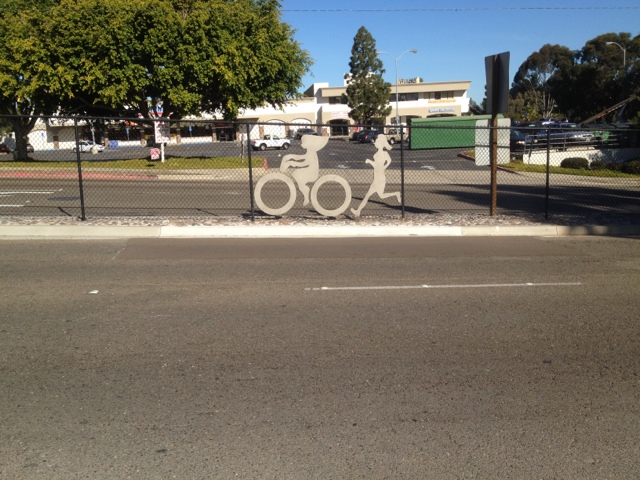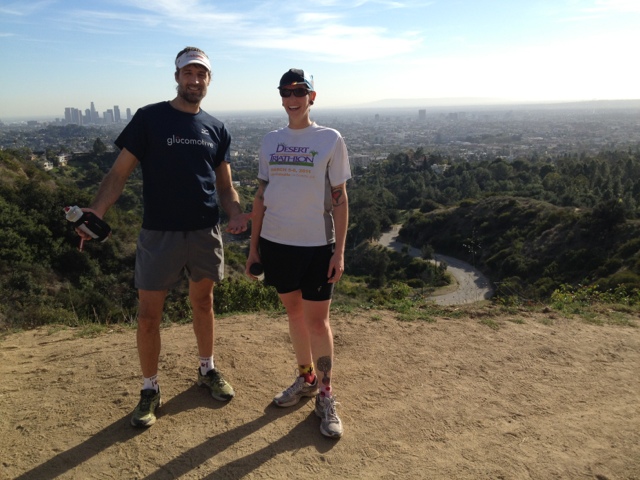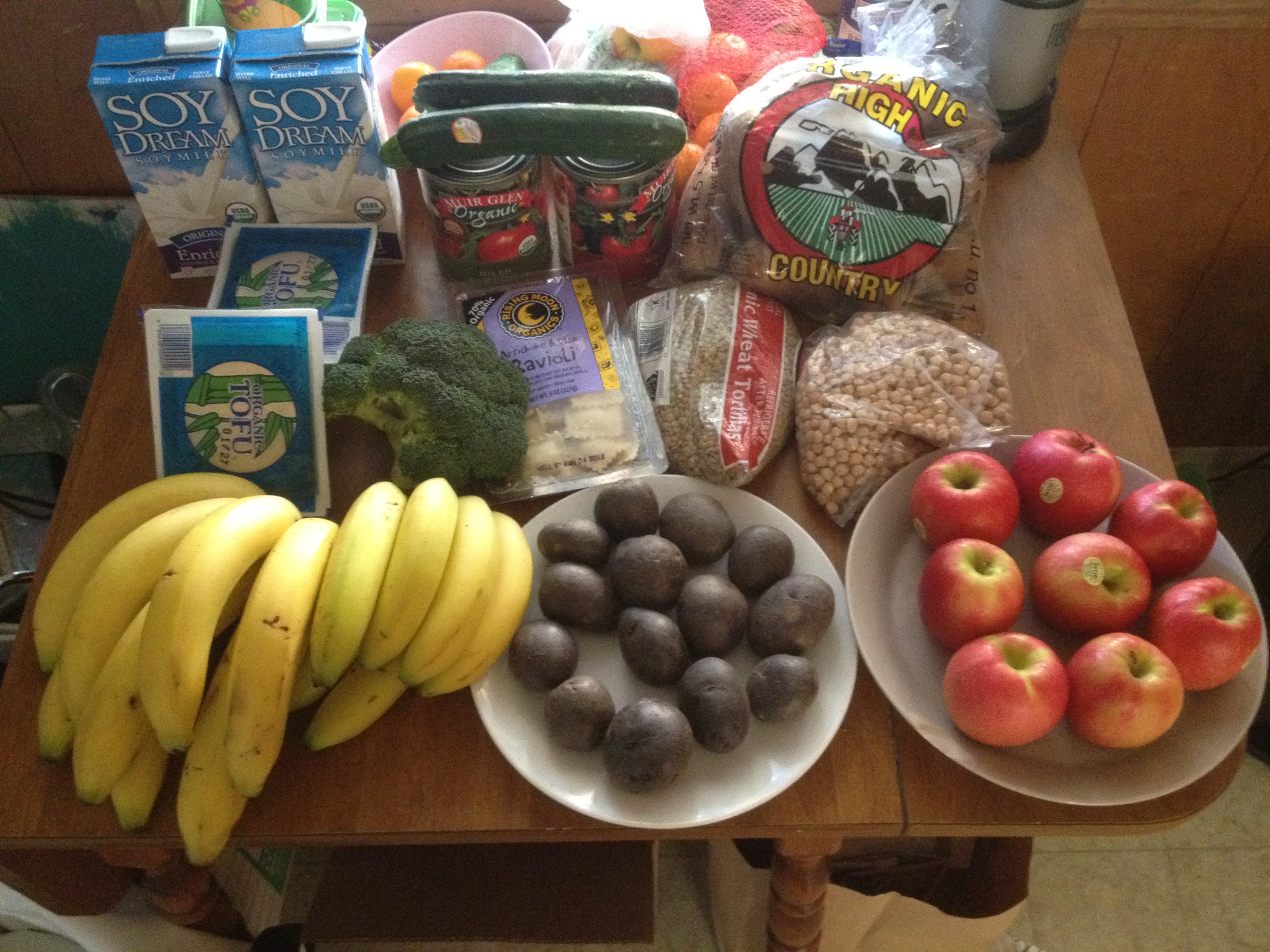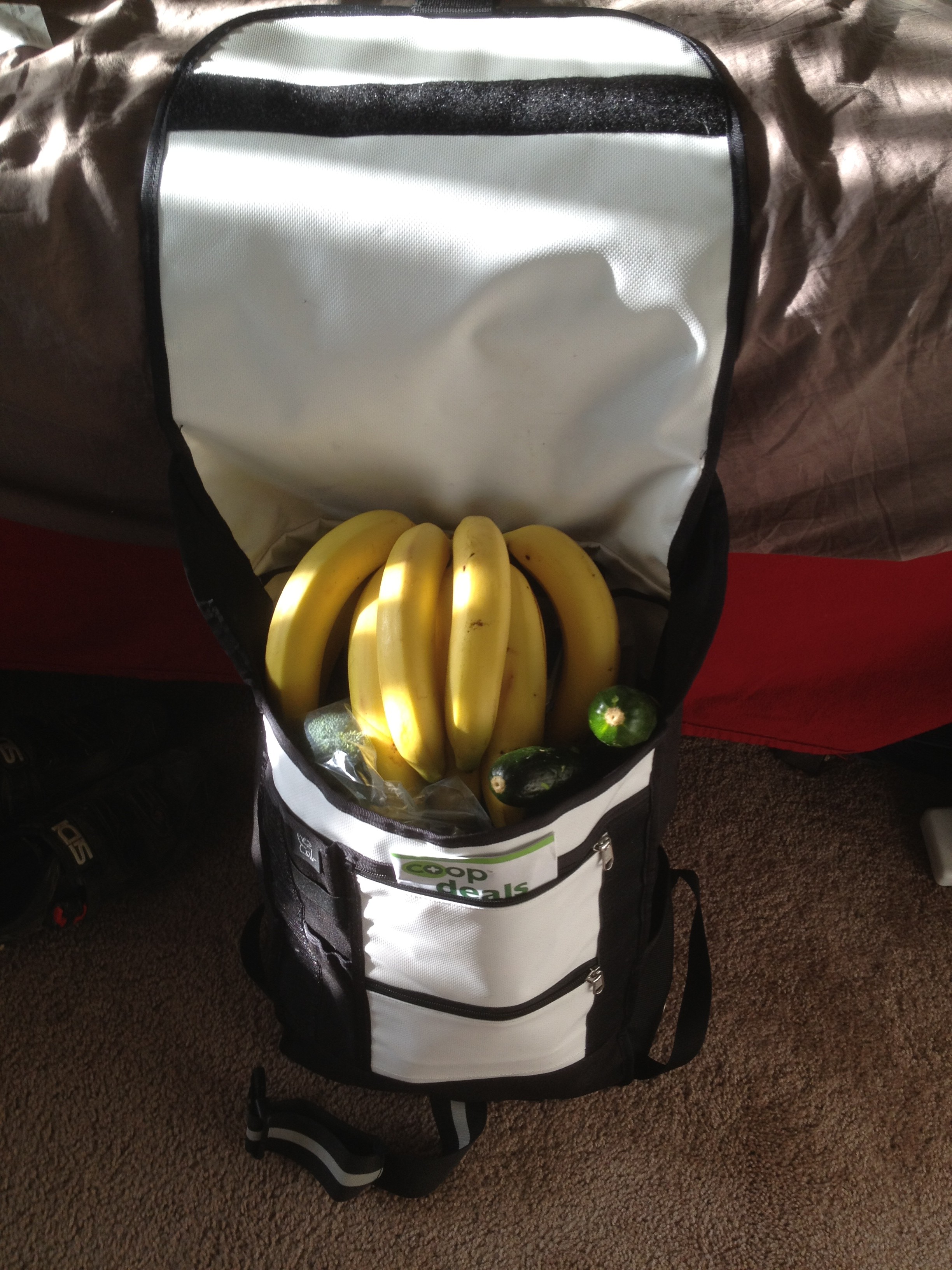The other day I was riding my cyclocross bike on some great canyon trails here in the city. Nothing is better than riding to the trails, riding dirt, then riding home. It’s great when cities have undeveloped areas to explore.
I was riding along enjoying some fast sections, with perfect conditions. Then the trail was blocked by a 4-lane road. I know building bridges and tunnels costs a lot of money and I don’t mind having to pop onto a road for a minute, but then I came across this fence between the lanes restricting non-crosswalk crossing.
And then to rub it in they put images of cyclists and runners on the fence blocking the access of those very people in favor of automobiles.
The fence forces you to ride against traffic to a stoplight, where you ‘safely’ cross and then ride against traffic on the other side.
All the while those images of cyclists and runners stare at you mockingly.
Month: January 2012
Bike Packing: Seattle to Minneapolis, 2064 miles, 15 days

I had arrived at the campground late- probably close to 1am. I had taken a few hours off earlier in the day to hangout at a farmers market and it was now super dark. I wasn’t even positive that I was in the hiker/biker camp. But it was still somewhat familiar. I was in Glacier National Park and had just ridden 151 miles on the 6th day of my Seattle to Minneapolis bike tour on the Adventure Cycling Association Northern Tier Bike Route. The Lake McDonald campground is the same one I had stayed at 5 years earlier, the night before Steevo and I started the Great Divide Mountain Bike Route at the Canadian border. Five years already? Earlier in the day, in Whitefish, Montana, I took my time eating snacks, drinking coffee, people watching… I knew it’d get me to camp late, but I didn’t care. That’s the wonder of bike touring. Sure, I missed the beauty of approaching the park in the daylight, but riding along the nearly empty road, under the trees, with a chilling wind coming off the lake has its own merit. The only issue? The next day was the only morning on my entire trip where I had to wake up early. In Glacier National Park they limit the times you can ride Going to the Sun Road and I had to be over Logan Pass in the morning if I was going to get in 125+ miles.
But I was too elated to be bike touring to care. When I rode from California to Pennsylvania in 2001 it triggered something in me about self-reliance, exploration and physical effort that has greatly impacted my path in life. All of these double centuries, brevets, 24-hour mountain bike races, probably wouldn’t be happening if it wasn’t for bike touring. And here I was years after my last big tour, crossing Montana again, this time East-West, instead of North-South. I’m positive that I fell asleep smiling that night.

This trip materialized after some changes in my personal life freed up a few weeks of my summer. I had ‘rack-free’ touring bags from my attempt at the Arizona Trail Race that fit my road bike, so why not? I had friends in both the Northwest and Midwest I was dying to see and there are still a few states I have never ridden in that I could hit by riding between the two regions: North Dakota, South Dakota, Minnesota.
First I had to link up to the Northern Tier Route from Seattle so I contacted the Seattle Randonneurs who were insanely helpful. A few days later and I had a turn-by-turn 137-mile route to Newhaven, Washington, which sits on the route at the base of the Northern Cascades. Here I’d have my first night of camping. Finding tofu and veggies at the tiny store in Marblemount only added to the excitement. Bike touring again, finally! There’s something special about riding all day, watching the light change as the sun sets behind you and topping it off with a quiet dinner in the woods. Really, is there anything better in the world?

I knew from the elevation on the maps I had that there was going to be some serious climbing over the next few days. I was extra stoked to have my race bike and to be traveling super light- my bags and gear were down to about 15 pounds. This includes stuff for cooking, sleeping and even rain gear. What I wasn’t expecting was the heat! It was nearly 100 degrees and super sunny on Rainy Pass! Even though I averaged 138 miles a day, I wasn’t pushing super hard or riding all night, but I did have to limit my breaks and keep a healthy pace. This was tough through the mountains but became increasingly easier as I headed East.
By the time I hit Montana the weather was less hot, all but one of the big climbs was behind me and my legs were getting used to my daily effort. I was in a routine and had gotten my re-supplies timed so that I only had to carry, at most, one full day of meals. Often I’d time a store so I could pick up food for dinner and breakfast just a few hours before dinner time. And did you know that tiny towns all over NW Washington and Montana have co-ops? I scored seriously great vegan food almost every day.
In Montana I crossed Logan Pass and then cut through the Blackfeet Indian Reservation to cut out the Northern Tier section through Canada. From here: flat and open plains. Tiny, dirt-road towns situated around train stops, not the highway. One could see the next town from 20 miles away. I’d count the number of cars on the trains to pass the time. So few vehicles would pass me on the road that when they did, I’d be startled. It was joyous. And the people of Montana! I took a half day in Shelby to do email/internet and grab my box at the Post Office and it took way longer than expected because so many friendly folks wanted to chat. Love it.
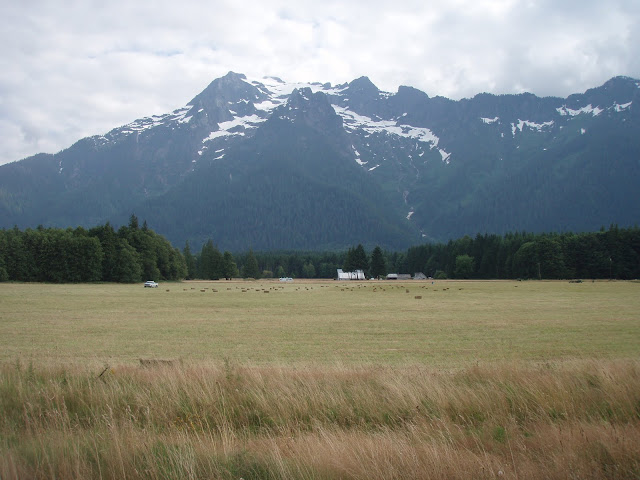
In North Dakota apparently I missed a re-route because I was, for the first time, on a busy highway with trucks and no shoulder. In Minot I picked up another package, hung out at a friendly bike shop and enjoyed the big city. I pushed on to Fargo, camping in small town parks along the way, where I sat down to eat a meal out that wasn’t just breakfast potatoes. Fargo felt like Los Angeles compared to where I had been for the past week!
Fargo is also where I veered off of the Northern Tier for the sole reason of riding through a new state- South Dakota. And let me tell you, having great maps to read with a plethora of information really is comforting when you are traveling in unfamiliar territory, alone. Once I was off those maps I was reliant on my notes and getting reception on my phone. I think it was just getting dark when a county road I was assured was paved turned to gravel…I needed to detour. That made for a long day toward the end of a long-ish trip where I was getting tired. Funny what expectations will do- as I neared the end I wanted to be at the end. My limits of traveling or just something that happens when you reach the near end of any endeavor? My guess is the latter…
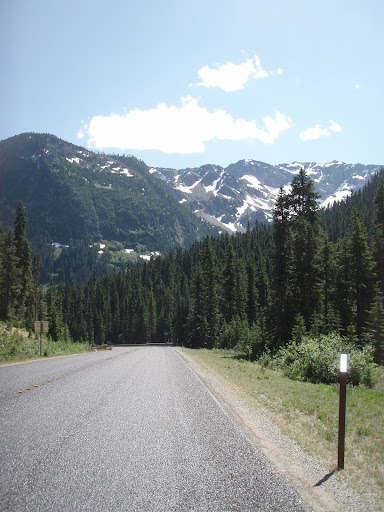
But South Dakota came and went and before long I was in the final state of the trip- Minnesota. Still ‘off-route’ I was guessing my way across and searching for a 60-mile rail-to-trail a bike mechanic back in Minot had told me about. A bike shop (yet again!) set me on the right path, despite their apprehension due to its perceived banality. I was excited t not have to navigate for 60 miles! That path came and went and before too long it was dark and I had to accept the fact that Minneapolis would have to wait till morning. I camped behind some trees on a farmer’s driveway and thought, ‘it’s late, no one will come down here’ and for the second night in a row I was caught sleeping somewhere I wasn’t suppose to be! The night before someone had called the police on me, which is a first, as I was setting up camp next to a barn on what I thought was public property (the police kindly directed me to a park ‘with picnic tables and a better place to sleep’).
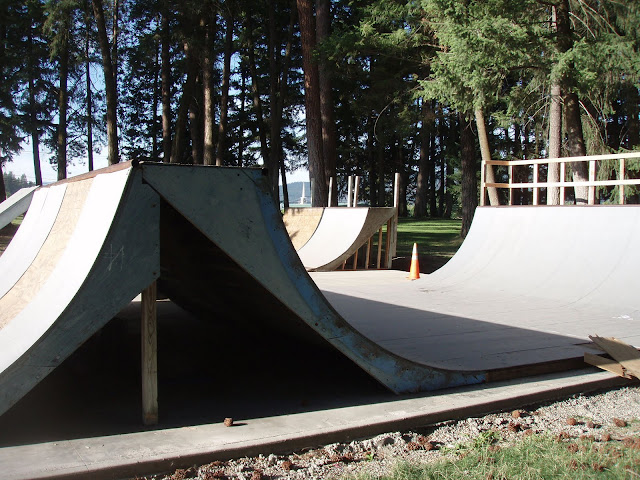
And the next morning, I woke up just like the previous 14 mornings, packed up my stuff, made some coffee and breakfast and pedaled toward my next destination. But this day would be the last of my trip and would end very special- with vegan pizza! I rolled into Minneapolis in the late morning and quickly found the bar with the great vegan food I had heard so much about. I ordered, changed out of my kit and suddenly I was just another guy with a bike eating an entire large pizza. I did like most people would do- I posted to twitter and sat back and thought about the previous 15 days. How quickly they passed! I already missed them. Sure bike touring can be physically difficult and things can go wrong, but there’s something so peaceful about it. You wake up, you eat, you ride, you look around and you think. It’s easy, in a lot of ways. I’ve come to so many life conclusions while bike touring. I’ve come to peace with many internal conflicts. I’ve ridden myself to tears even! And I love it so.
This story is very late and my photos are out of order, but I hope you get a feeling for what it is like to travel by bike for a few weeks over a couple thousand miles. When I look back on my life over the previous ten years I often smile biggest when I think about the times I’ve spent on one of these trips. But don’t take it from me, start planning your next bike tour whether it is your first, or your hundredth!
Lastly, too many people to thank! You know who you are. And I can’t thank you enough. Especially the local bike shops. Remember next time you want to order online to save some money- Amazon won’t give you directions when you’re lost on a bike tour.
More photos below, enjoy!

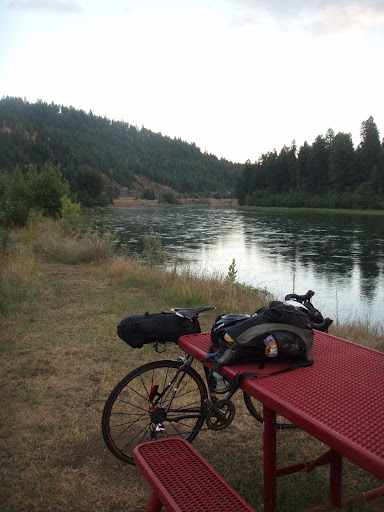









Day in the Life 5; Ultrarunner Donovan Jenkins Attempts a 100-mile Run
First off, a big thank you to those who supported our successful Kickstarter. Because of you we are able to continue making these Day in the Life episodes with vegan athletes!

Are you ready for this? You’ve had a preview of today’s episode because I posted about my experience filming with Donovan as soon as we got back from the Javalina Jundred. I mean, can you imagine running 100 miles? ONE HUNDRED MILES ON FOOT! And while 100% vegan. Donovan’s story is a truly remarkable one and it is a pleasure to share this with you. Enjoy!
How stoked are you right now? Don’t you want to turn off your computer and run to the farthest place you can imagine? Donovan really came through on this and I can’t thank him enough for the stokedtivity that he’s giving the world. Wow, just wow. If you truly are ready to take the next steps toward running an ultra, see his personal tips below.
Donovan’s tips on running your first ultra
Make it public—Enlist friends to run with you and tell people about it. When others know what you are doing it can give you a little extra motivation to get out the door and train on those tough days.
Follow a plan—Pick a training schedule appropriate for your race distance/terrain and stick to it as much as possible. Being consistent and gradually building up to your goal are essential for staying injury-free and having a successful race.
Keep records—You can’t follow a training schedule without paying attention to the numbers. Keeping records provides you with valuable information that can help you maximize the efficiency of your training and avoid over-training injuries.
But be flexible and keep it fun—Don’t be too obsessed with those numbers. Listen to your body, take time off, and cross-train as needed. Don’t let the numbers ruin your race or your life.
Spend extra time on your feet—In addition to the training miles and racing, one of the best ways to prepare your legs for a race that can take 24 hours is to spend extra time on your feet every day. If you walk/run a couple miles to and from work, spend all day on your feet, walk to the store, etc., you can easily spend 10-12 hours on your feet a day. Every little bit helps!
Race!—The best way to train for a race is to run shorter races. The more you race the better you will be able to pace and run your own race and know how hard you can push yourself. You also gain valuable and often overlooked knowledge about when to stop and what to eat at aid stations, how much water you need, what you should put in your drop bag, what clothes to wear, etc. There are fewer unknowns as you gain experience. Shorter races are great; learn from them and consider them hard training runs.
Eat the right foods—Reduce high fiber foods for a few days leading up to the race and during the race. Too much fiber may upset your stomach and cause extra bathroom breaks during the run. Also, for a more constant and steady energy source, stay away from the candy and refined sugar. I have better luck and bonk less often when I stick with fruits, potatoes and other real foods, like burritos.
Slow down—Most new runners run their easy runs too fast. Weekly long runs are for conditioning your legs to run long and if you push the pace it’s essentially racing, which is counterproductive if you don’t have the time to properly recover. If you are doing speed work and faster, shorter runs you will be better off keeping your long training runs slower than you feel like you need. Save the long, hard runs for races.
Run your own race—Don’t get carried away trying to keep up with a competitor. The person you are chasing up that hill may be running their first ultra and not know how to pace themselves, or it may be Scott Jurek! Whichever the case, if you stick to your plan and run within your abilities your race will come together as it should. My worst races have been those where I ran too fast at the beginning trying to keep up with someone when I shouldn’t have. If I had slowed down and let them go, there’s a good chance I would have caught them and passed them later in the race. Don’t let those around you determine your actions. It’s your race, run it as you have prepared to run it!
You may be asking, ‘where’s Donovan’s recipe?’ I requested one and what I gathered from his response is that his daily life is a lot like a 100-mile race: he snacks on fruit, nuts, coffee and burritos all day long. He did send me this photo of his work locker:
Maybe if we pester him enough we can get an actual recipe-leave your requests in the comments! You can also harass him on twitter: @Donorun
Lastly, a huge thank you to Donovan for spending the day weekend with us, Aravaipa Running Race Director Jamil Coury (who is also vegan!) for letting us film, all the runners on the course and again our Kickstarter donors who made this possible. See you next time!
The Los Angeles I Love
9-mile trail run in Griffith Park, a short walk from my friend’s place. I love winter in Southern California not just because it’s not cold, but also because it’s so green and clear. At a party the night before a guy who had hike Mt Luekens that day said he had 100-mile visibility! Epic.
I won’t say much about the run except that I need to run more! These two dropped me on every hill…
Inside a Registered Dietitian’s Shopping Bag
“But what do YOU buy?’
A question I often hear. And a difficult one to answer! Like most people, I go through phases with what I feel like cooking and eating and that affects my shopping. While I eat strictly vegan, I am not as strict with local and organic, but I often will pay a little extra for these. I balance it by saving money by soaking and cooking my own beans and preparing as many foods as possible from scratch. I’m not as awesomely cheap at my good friend Steevo who survives as an elite road racer on mostly oats and peanut butter and makes his own bagels, but I am frugal. AND I eat great, healthy food. For the first time in my life I’m walking distance from a member-owned organic vegetarian co-op and it’s expanding my usual food purchasing. Here’s my recent score:
Now this is not all I eat, as it doesn’t include staples like peanut butter, rice, tortillas nor as many vegetables as I eat, but I wanted to share what $42 can get you at an organic co-op:
1.5 pounds garbanzo beans
1.5 pounds lentils
5.5 pounds bananas
2 pounds purple potatoes
0.75 pounds broccoli
0.2 pounds garlic
2 pounds tofu
1/2 gallon soymilk
5 pounds russet potatoes
2.5 pounds pink lady apples
1 pound zucchini
3 pounds canned tomatoes
8 ounces vegan ravioli (It was on sale!)
And fortunately over 25 pounds of food fits inside my messenger bag:
Combined with my staples, this is many days worth of food, without that much labor (the garbanzo beans are cooking while I write this- multitasking!). What does your shopping cart or messenger bag look like? And have you seen these articles from the past few days?
–Jonathan Safran Foer: environmentalists who eat meat have a blind-spot
–Cook County (Chicago) Health Department: become a vegetarian!
–FBI tracking videotapers as terrorists?
–Should you go vegan to get skinny? by Ginny Messina, RD, MPH
I’m also working on a post about New Year’s Resolutions, should be up before the end of the week. Oh yeah, happy new year!
